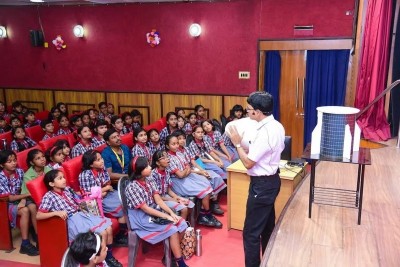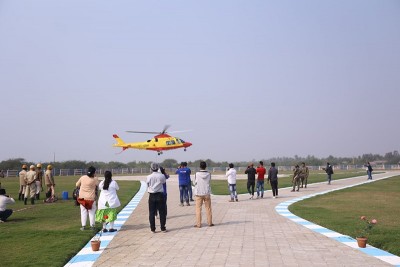
New report on the impact of plastic on migratory waterbirds presented to governments at AEWA MOP7
Durban, Dec 8 (IBNS): Plastic seems to be on everyone’s lips these days, and we certainly don’t mean single-use straws. Global production of plastic has increased to more than 300 million tons a year, and some staggering 13 m tons of it ends up in the ocean.
Plastic pollution poses serious health risks to wildlife, and a new report presented to governments at an international waterbird conference (AEWA MOP7) currently underway in Durban, has shown how migratory waterbirds are affected. However, increasing public awareness and changing habits have the potential to turn the tide.
According to the report, of the 254 species covered by the African Eurasian Waterbird Agreement (AEWA), more than 40 per cent have been shown to interact with plastics: 22 per cent contain ingested plastic, 31 per cent were entangled in plastic debris, and 8 per cent use plastic items in their nests.
One way in which plastic affects waterbirds is through ingestion. Birds often mistake plastic for food but cannot digest it. Plastic items can become lodged in the digestive tract, either blocking the throat and causing choking, or accumulating and filling in the stomach which can lead to malnutrition and starvation. As an example of this, approximately half of all phalaropes, a small migratory shorebird species, have been found with plastic in their digestive systems. In many cases these birds live in remote locations far from humans, but the collection of plastics in the environment means that even they are susceptible.
Another way in which plastics pose a danger to waterbirds is through entanglement. Because plastic does not decompose, floating items such as fishing gear, long filaments and ring-shaped items threaten waterbirds with injuries, impeded mobility and drowning. The number of seabird species affected in this manner has tripled since the mid-1990s. Northern Gannets, an AEWA-listed seabird species, are particularly prone to entanglement with old fishing gear as they follow fishing vessels at sea.
Lastly, microplastics are an increasing contributor to the scourge of plastic pollution. These originate either from small plastics such as microbeads or from degradation of larger items. Microplastics are commonly ingested by prey species which are then consumed in turn by predatory birds.
The report “Waterbirds and Plastics”, which was the first of its kind presented to governments at AEWA MOP7 notes a geographical bias towards Europe and South Africa in studies concerned with waterbirds and plastic pollution.
Support Our Journalism
We cannot do without you.. your contribution supports unbiased journalism
IBNS is not driven by any ism- not wokeism, not racism, not skewed secularism, not hyper right-wing or left liberal ideals, nor by any hardline religious beliefs or hyper nationalism. We want to serve you good old objective news, as they are. We do not judge or preach. We let people decide for themselves. We only try to present factual and well-sourced news.







